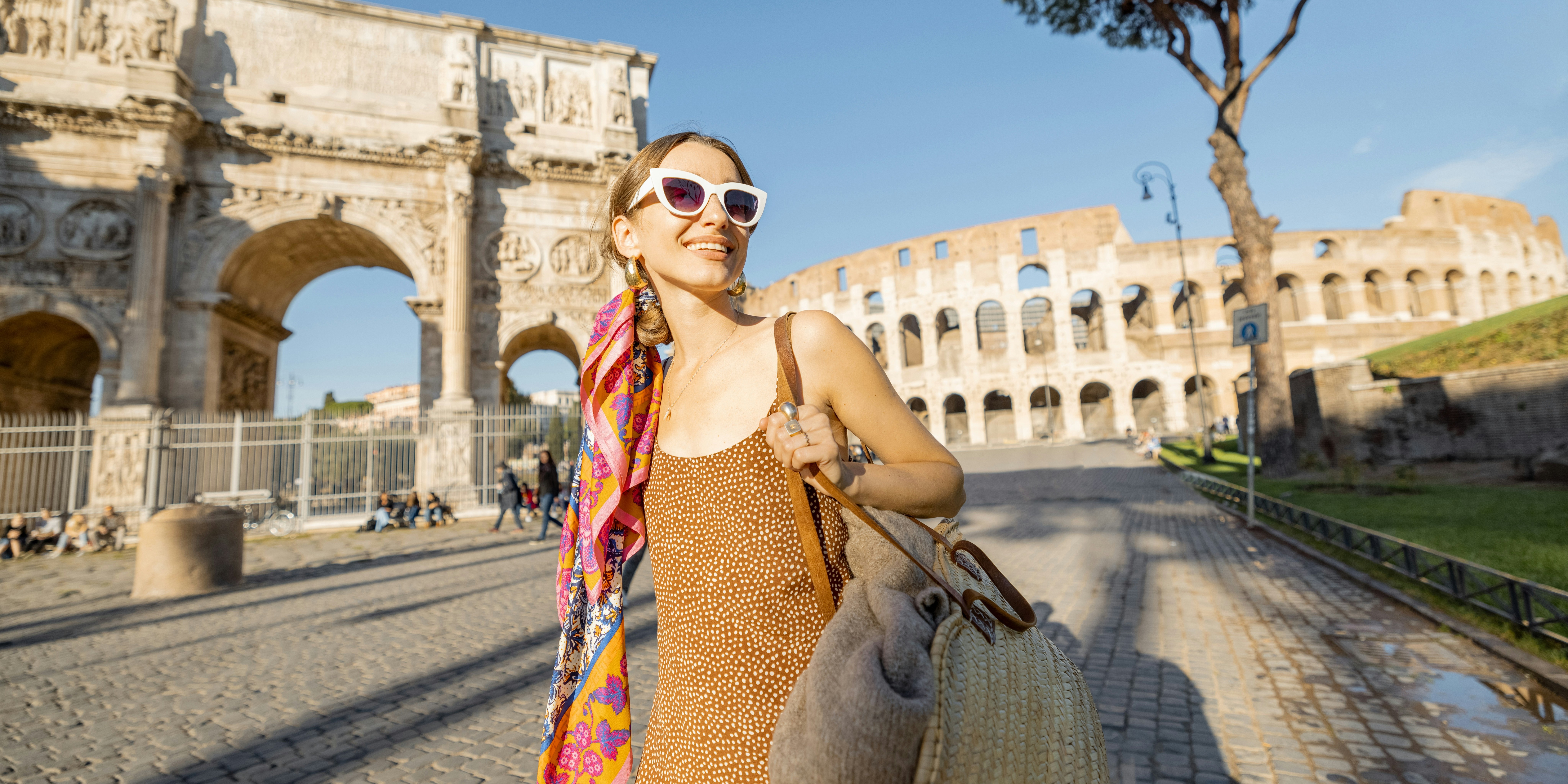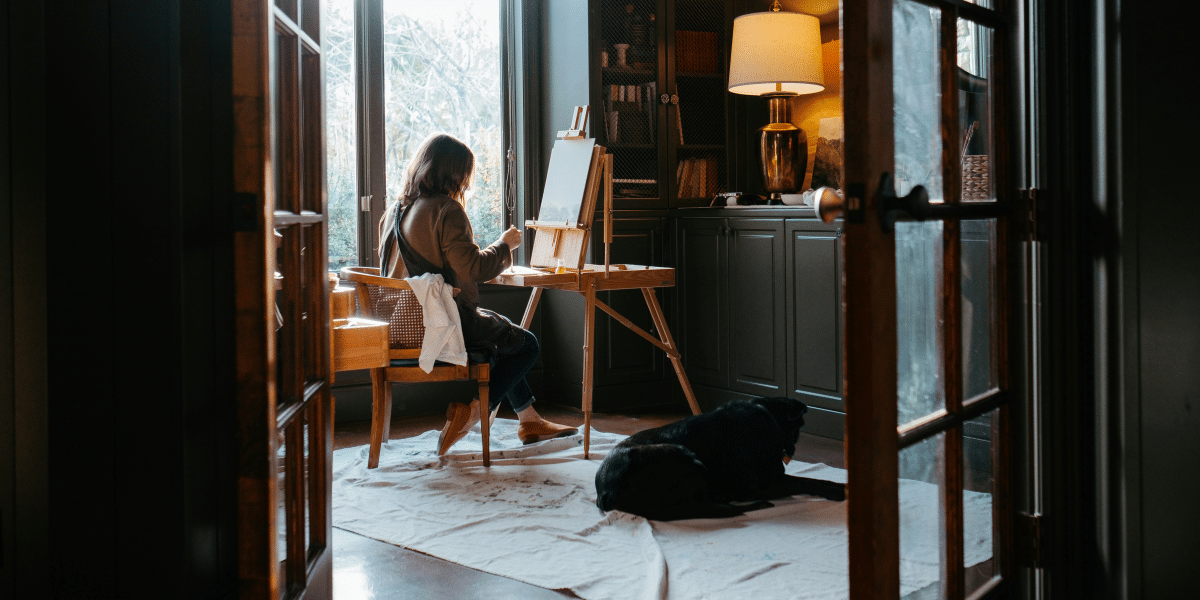As New York Folklore marks its 80th anniversary, the state’s rich and diverse cultural traditions take center stage through a series of exhibits and workshops that highlight the importance of preserving and celebrating local folklore. For eight decades, the New York Folklore Society has played a pivotal role in documenting and promoting the various customs, stories, and artistic expressions that define the state’s cultural identity. This year’s celebrations provide an opportunity for both long-time residents and newcomers to discover the vibrant tapestry of traditions that make New York unique. But what can attendees expect from these events, and why is it important to continue spotlighting these cultural treasures?
How Did New York Folklore Start?
The New York Folklore Society was founded in 1944 with the mission of promoting and preserving the folk traditions of New York State. The society has since grown into a vital organization that collaborates with local communities, artists, and researchers to keep traditional knowledge alive. Over the years, New York Folklore has hosted countless programs, published scholarly works, and provided a platform for folklorists, musicians, craftspeople, and other cultural practitioners to share their knowledge and artistry.
New York’s diverse population, which includes Native American communities, early European settlers, and more recent immigrant groups, has shaped a rich and multifaceted cultural landscape. The state’s folklore includes everything from traditional music and oral histories to handicrafts and seasonal festivals. This diversity is at the heart of New York Folklore’s mission, which is to ensure that these traditions are not lost but passed on to future generations.
As part of the 80th-anniversary celebration, the society is offering special exhibits that reflect the state’s long-standing commitment to cultural heritage. These exhibits showcase folk art from across New York, including works from indigenous artists, immigrant communities, and other cultural groups that have made lasting contributions to the state’s identity.
What Can Visitors Expect From the Exhibits and Workshops?
The centerpiece of New York Folklore’s anniversary celebrations is a series of exhibits and interactive workshops that highlight the state’s diverse cultural heritage. These events are designed to not only display traditional arts but also to invite community members to learn about and participate in the preservation of these traditions.
The exhibits feature a range of folk art forms, from quilting and wood carving to storytelling and traditional music performances. These pieces serve as both artistic expressions and cultural records, offering a glimpse into the daily lives, beliefs, and histories of the people who created them. The exhibits are spread across various locations in New York, including cultural centers, museums, and local galleries, making them accessible to a broad audience.
Workshops, on the other hand, give visitors a chance to engage more directly with the traditions on display. For example, there are handicraft workshops where participants can learn the basics of traditional quilting or basket weaving. These hands-on experiences are led by master artisans who share their skills and knowledge with a new generation of learners. Other workshops focus on traditional music and dance, offering participants the opportunity to not only learn the steps or tunes but also gain an understanding of the cultural significance behind these art forms.
Many of these events are designed to be family-friendly, encouraging younger generations to become involved in preserving these traditions. By making these workshops interactive and engaging, New York Folklore hopes to inspire future folklorists, artists, and cultural advocates.
Why Is It Important to Celebrate and Preserve Folklore?
The celebration of folklore is more than just a nod to the past—it is a recognition of the role that cultural traditions play in shaping a community’s identity. Folklore reflects the values, struggles, and joys of the people who created it, and it provides a way for communities to connect across generations. In a fast-paced world, where technology and modernity often overshadow the old ways, preserving these traditions ensures that we maintain a link to our roots.
Folklore also fosters cultural pride and mutual understanding among the diverse populations that make up New York. As immigrant communities continue to shape the state, their traditions become part of the wider fabric of New York’s cultural identity. Celebrating these diverse traditions not only honors the history of New York but also encourages unity through a shared appreciation of the rich cultures that exist within its borders.
Moreover, folklore can serve as a tool for education. By incorporating folk traditions into classrooms, museums, and public programs, younger generations are exposed to the stories and practices that have shaped their communities. This education goes beyond textbooks, offering students and community members a deeper understanding of their heritage and encouraging them to become active participants in preserving it.
As New York Folklore celebrates its 80th year, it reaffirms the importance of community involvement in cultural preservation. The exhibits and workshops not only showcase the artistry and craftsmanship behind traditional folk art but also highlight the value of shared cultural heritage. By continuing to celebrate and preserve these traditions, New York ensures that its folklore will remain a vital part of its identity for many more years to come.
The 80th anniversary of New York Folklore is a milestone in the state’s ongoing efforts to preserve and celebrate its diverse cultural traditions. Through a series of exhibits and workshops, this celebration offers a unique opportunity for people to explore the rich history and artistry of the state’s folk traditions. By fostering engagement and participation, New York Folklore continues its mission to ensure that these traditions are passed down to future generations, maintaining a vibrant and inclusive cultural landscape.













